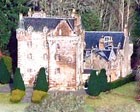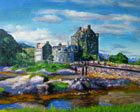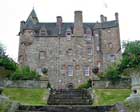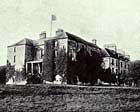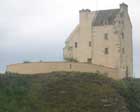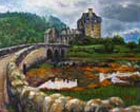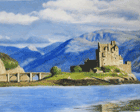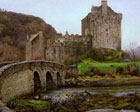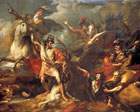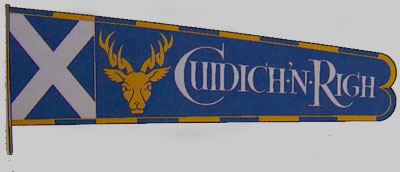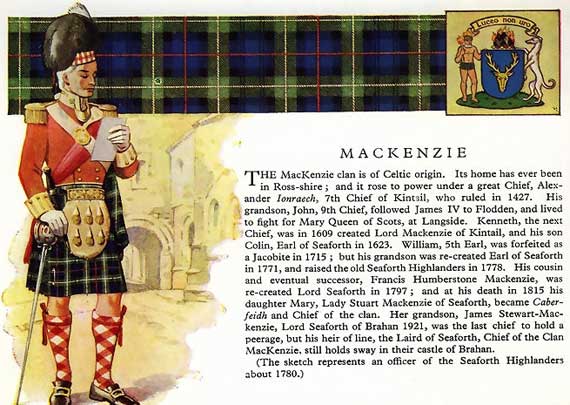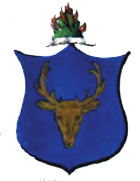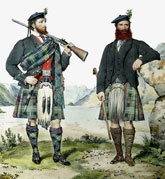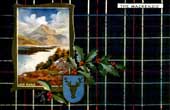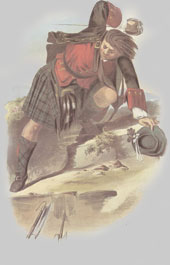 |
||
 |
||
Mackenzie ClanLuceo non Uro |
||||||
|
Clan Mackenzie information
|
||||||
 |
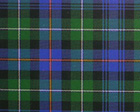 |
 |
||||
|
Clan crest badge |
Clan Castle |
Mackenzie tartan |
Clan Location |
|||
|
Eilean Donan Castle |
Kilcoy Castle |
Brahan Castle |
Ballone Castle |
|||
|
|
|
|
Saving the King |
|||
Clan History Eilean Donan which was a strategic site dating back to Pictish times,
was given by King Alexander 3rd in 1263 to Colin Fitzgerald, later recognised as one of the first Mackenzies as reward for services. King David 2nd in a charter 1362 confirmed lands around Kintail as belonging to the Mackenzies. This was to be the start of an influence that spread over the next 250 The Mackenzie Clan's influence spread in an easterly direction with Castle Leod located one mile north of Strathpeffer. Originally built by the MacLeod clan, due to deaths and marriages it was "inherited" by the Clan Mackenzie. It was to become the clan seat of the MacKenzie's and was extensively overhauled in 1606 and extended in 1616. It must have been a splendid sight to see and boasted formidable defences. However due to the after effects of Culloden the lands were confiscated and the castle was allowed to deteriorate away. By 1814 the new Laird John Hay-Mackenzie had completely renovated the castle and the area was starting to prosper from the local springs which were thought to have healing properties. It has been maintained up to the present day, at great expense, and although there are still parts to finish is a credit to the Clan and still their Clan Seat and residence of the Clan Chief.
Kilcoy Castle was another castle aquired through marraige in 1618. Located some 10 miles north of Inverness and about 15 miles to the east of Castle Leod on the Black Isle. Also affected by the punitive taxation and land confiscations post-Culloden it fell into ruin. Fortunately in 1890 it was inherited by the Burton-MacKenzie family who had the funds to redress the damage saving the castle and even extending the facilities. Kilcoy is a private home now although the gardens are periodically open to the public. Ballone Castle in the same area was another castle to join the MacKenzie list although not for long. It is a z plan tower house built around 1580. In 1623 the Mackenzies moved in and extended the kitchen area but within 70 years were to move to more comfortable accomodation and the castle quickly became another ruin. In the 1990's the partial shell was bought by a local architect who sympathetically reconstructed it and today it is a fine castle once again. The Mackenzie Clan were faithful Stewart supporters and after the two failed Jacobite uprisings had all their lands confiscated. Brahan Castle ( demolished 1951) located on the Seaforth Estate, was the setting where the first
defeated Clan after Culloden, was gathered and forced to surrender their arms. It was also the birthplace of The Seaforth Highlanders. In 1778 the Earl of Seaforth raised a regiment of foot soldiers numbering 500 men from his estates to join the British Army. The regiment was to serve and protect for nearly 200 years, made legendary for their acts of bravery.
|
||||||
